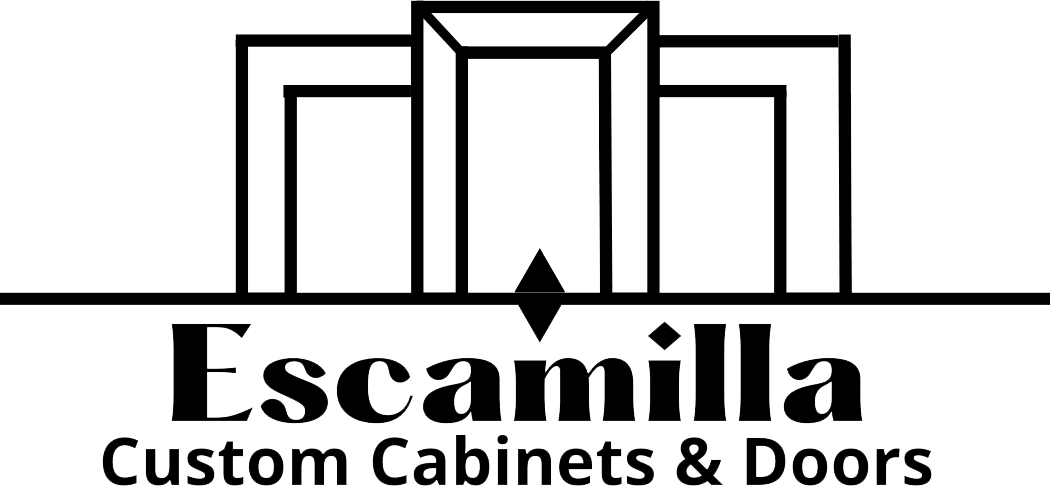Why Soft-Close Cabinets Are A Must-Have
In modern home design and renovations, subtle enhancements can significantly elevate both functionality and aesthetics. One such feature that has gained prominence is the integration of soft-close mechanisms in cabinets. Whether you're revamping your kitchen, updating a bathroom vanity, or installing new storage solutions, incorporating soft-close technology offers numerous advantages for homeowners.
Understanding Soft-Close Mechanisms
Soft-close cabinets are equipped with specialized mechanisms designed to ensure drawers and doors close gently and silently. These systems utilize dampers and air-driven hydraulics to absorb the force exerted during closing, preventing abrupt slamming. Notably, the resistance provided by soft-close mechanisms increases with the force applied, ensuring a smooth closure regardless of how forcefully a drawer or door is pushed.
Distinguishing Between Soft-Close and Self-Close Features
While all soft-close cabinets possess self-closing capabilities, the reverse isn't always true. Self-close cabinets automatically pull themselves shut when they are about 75% closed but lack the hydraulic dampers that facilitate a gentle glide. Consequently, self-close mechanisms may still result in noise upon closing, whereas soft-close systems ensure a quiet and controlled closure every time.
Advantages of Soft-Close Cabinets
Noise Reduction
One of the most immediate benefits of soft-close cabinets is the elimination of loud slamming noises. This enhancement contributes to a more serene living environment, especially during late-night or early-morning hours when household noise levels are typically minimized.
Prolonged Cabinet Lifespan
Repeated slamming can lead to gradual wear and tear on cabinets, resulting in loose hinges, misalignment, and potential damage to the wood or finish. Soft-close mechanisms mitigate these issues by reducing the impact and stress on cabinet components, thereby preserving their structural integrity over time.
Enhanced Safety
Soft-close features are particularly beneficial in households with young children. The gentle closing action minimizes the risk of finger injuries and prevents sudden closures that could cause harm or damage.
Elevated Aesthetic Appeal
The smooth and controlled movement of soft-close cabinets adds a touch of luxury to any space. This feature imparts a sense of sophistication, enhancing the overall ambiance of kitchens, bathrooms, and other areas where cabinetry is utilized.
Increased Home Value
Incorporating soft-close cabinetry can be an attractive selling point for potential homebuyers. Such thoughtful upgrades reflect a well-maintained and high-quality home, potentially enhancing its market value.
Improved Organization
By preventing abrupt closures, soft-close systems help maintain the arrangement of items within cabinets and drawers. This stability ensures that dishes, utensils, and other fragile items remain securely in place, reducing the likelihood of accidental damage.
Energy Efficiency and Sustainability
Reducing the force of slamming not only preserves cabinet integrity but also diminishes the need for frequent repairs or replacements. This aspect contributes to sustainability efforts by minimizing waste and the consumption of additional materials.
Potential Drawbacks of Soft-Close Cabinets
Despite their numerous benefits, there are considerations to keep in mind when opting for soft-close cabinets:
Higher Initial Costs: The specialized mechanisms in soft-close systems can lead to increased upfront expenses compared to traditional cabinetry.
Installation Complexity: Proper installation of soft-close features may require professional assistance, adding to the overall project cost.
Adjustment Period: Users accustomed to standard cabinets might need time to adapt to the different feel and operation of soft-close systems.
Integrating soft-close mechanisms into cabinetry offers a blend of practicality and elegance, enhancing the user experience while contributing to the longevity and safety of the installations. By carefully considering the associated costs and installation requirements, homeowners can make informed decisions that align with their preferences and the functional needs of their living spaces.
